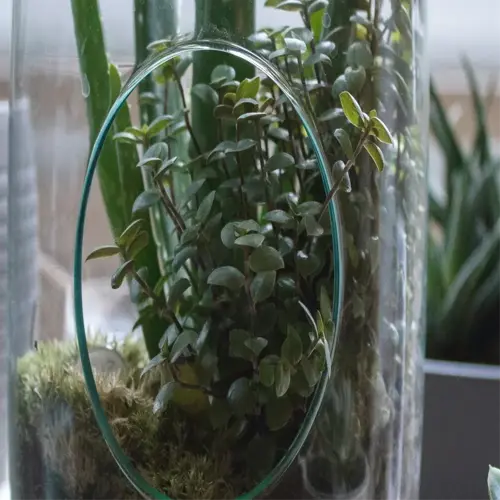How can I save a plant showing overwatering distress?

Written by
Paul Reynolds
Reviewed by
Prof. Charles Hartman, Ph.D.Plants that have been overwatered require immediate action for their survival. Yellowing leaves and overly wet soil signify an immediate problem with the roots of the plant. The sooner you act after noticing symptoms, ideally within the next 48 hours, will sooner dictate if your plant survives or experiences irreversible root rot.
Root Assessment
- Gently remove plant from wet soil
- Rinse roots to reveal rot clearly
- Identify salvageable white/yellow root sections
Soil Replacement
- Mix 40% perlite into fresh potting soil
- Choose terracotta pots for moisture control
- Sterilize containers with hydrogen peroxide
Recovery Environment
- Provide 65-75°F temperatures
- Use grow lights for stressed plants
- Maintain 50-60% humidity levels
The outcome of long-term recovery success relates to aftercare. I took on a client's aloe vera and tried to help bring it back to life by gradually reintroducing water for three weeks. After 18 days, new roots began to appear - indicating it has regained its capacity to absorb moisture without risk of drowning.
Avoid relapse by changing watering practices. Use a moisture meter before every watering. For succulents, water, when the meter reads "dry" at a depth of 2". For tropical plants, wait until the meter reads "slightly moist". A plant care journal can help you discover when you water from week to week.
Read the full article: 7 Key Signs of Overwatering Plants to Spot Early

